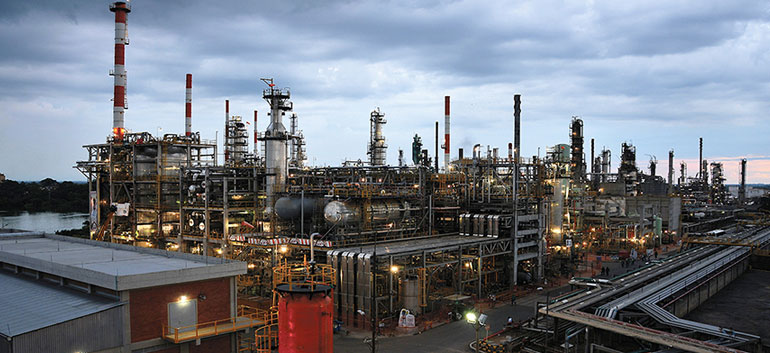Colombia’s largest oil-company, Ecopetrol, invested roughly $3.2 billion in domestic production in the first quarter of 2014.
Over 90% of the investment was with local providers, according to a statement released by the company Monday. The company also did roughly $288 million in business with regional providers, it said.
The figures, taken from the first three months of 2014, show a 41% growth in investment, when compared to the same period in 2013.
During 2014’s first quarter, 33% of local hiring went to health services, ground transportation of personnel, and facility maintenance, according to Ecopetrol.
MORE: Ecopetrol represented $17B in 2013 Colombia government revenue
So far this year, Ecopetrol has signed 1,496 contracts with suppliers, of which 40% are from Bogotá, 16% from the country’s central region, 10% from the “Middle Magdalena” region, 8% from the Caribbean coast, 7% from the west, 6% from the south, 3% from the eastern states of Meta and Vichada, and 2% from nearby Casanare and Arauca.
The local engagement has 42 categories of goods and/or services that are recruited locally, among which are: food, solid waste management, transportation, loading and unloading of tankers, river transport of personnel, civil work, electrical work, and power networks among others, according to Ecopetrol.
Ecopetrol SA, Colombia‘s largest and partially state-owned oil company, is ranked among the 40 largest oil companies in the world, and among the top four companies in Latin America.
Besides Colombia, where it accounts for 60% of national production, Ecopetrol has exploration and production activities in Brazil, Peru, and the United States (in the Gulf of Mexico).
Ecopetrol accounts for the largest refinery in Colombia, most of the network of oil and multiple purpose pipelines in the country, and is considerably increasing its participation in biofuels.
This shift will likely be important in the future. Colombian Minister of Mining Amylkar Acosta told El Espectador newspaper in November 2013 that Colombia’s reserves were “extremely precarious.”
Current Colombian proven oil reserves are set at about 2.3 billion barrels, which could see Colombia’s oil wells dry up in less than seven years, given current rates of production. As a result, it may be difficult for the country as a whole to maintain 2013′s strong levels of growth in the long term without introduction of new economic sectors or increases in the production output of other sectors.
MORE: Colombia’s oil will run out by 2020 with no solution in sight
The energy sector currently comprises a sizable chunk of Colombia’s GDP. According to figures from the Ministry of Commerce, Industry and Tourism, petroleum exports made up over 46% of Colombia’s total exports from January to July 2013. Coal, as well, ranks among Colombia’s top exports. The country is the first largest producer of coal in the world.
The results of this oil and mining boom have been heavy for Colombia’s environment, which receives relatively investment or oversight from the national government.
Sources
- Contratación gestionada por Ecopetrol durante el primer trimestre superó los $6 billones (Ecopetrol)
- Compra estatal de Ecopetrol durante primer trimestre superó $6 billones (El Espectador)


